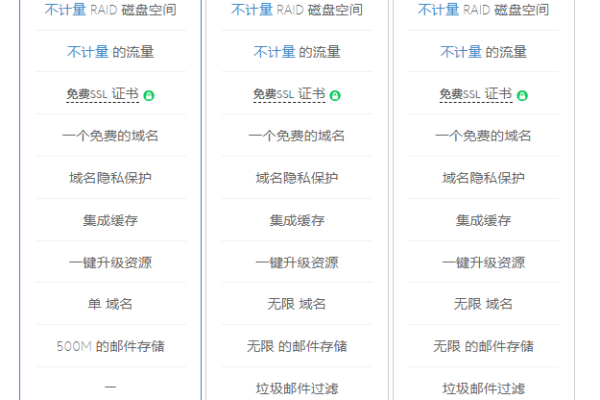Alma Linux与Docker的集成方法是什么
- 行业动态
- 2024-04-29
- 1
在Alma Linux上集成Docker的方法如下:
1、先决条件:
拥有一个正在运行的AlmaLinux 8系统。
确保至少有15GB的可用磁盘空间。
对于每个要启动的Docker容器,都应有一个或多个vCPU可供使用。
拥有一个具有sudo特权的非root用户账户。
2、更新系统:
在安装Docker之前,首先需要更新系统以确保所有软件包都是最新的,这可以通过运行以下命令来完成:
“`
sudo dnf update y
“`
3、安装依赖:
安装Docker需要一些依赖包,可以使用以下命令安装:
“`
sudo dnf install y yumutils devicemapperpersistentdata lvm2
“`
4、添加Docker仓库:
为了安装Docker CE,需要添加Docker的官方仓库,这可以通过运行以下命令来完成:
“`
sudo yumconfigmanager addrepo https://download.docker.com/linux/centos/dockerce.repo
“`
5、安装Docker CE:
现在可以从Docker官方仓库安装Docker CE了,使用以下命令进行安装:
“`
sudo dnf install y dockerce nobest
“`
6、启动Docker服务:
安装完成后,需要启动Docker服务并设置它在系统启动时自动启动,可以使用以下命令完成这些操作:
“`
sudo systemctl start docker
sudo systemctl enable docker
“`
7、验证Docker安装:
安装并启动Docker服务后,可以通过运行一个简单的Docker命令来验证其是否正确安装:
“`
sudo docker run helloworld
“`
8、配置Docker守护进程(可选):
如果需要对Docker守护进程进行更高级的配置,可以编辑/etc/docker/daemon.json文件,并添加相应的配置选项。
9、使用Docker:
现在,您可以开始使用Docker来创建和管理开发环境了,可以通过运行docker pull来拉取镜像,通过docker run来运行容器,以及使用其他Docker命令来管理您的容器和镜像。
请注意,上述步骤是在AlmaLinux 8系统上集成Docker CE的基本指南,根据您的具体需求,可能还需要进行额外的配置和优化,确保遵循官方文档和最佳实践,以确保系统的安全和稳定运行。














